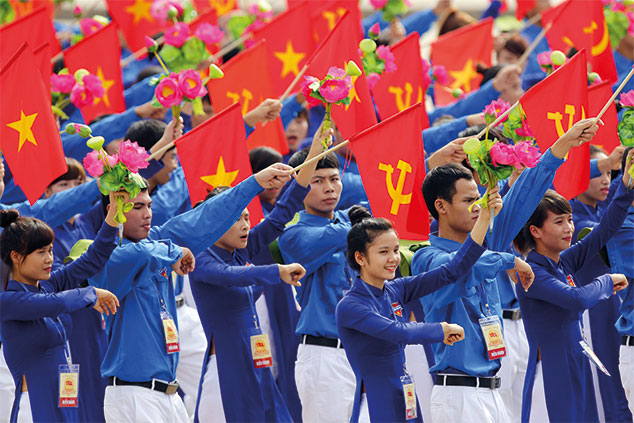
In 2018, foreign direct investment (FDI) into the Vietnamese economy reached a new record of $19bn, up 9% on 2017, according to Capital Economics. This marks a near-100% increase since 2009.
Foreign companies are shifting production away from China in order to avoid tariffs imposed by the US. Vietnam is a handy destination because of its proximity to the Middle Kingdom, and also because its manufacturing wages are 40% lower than they are in China, which gives it a competitive advantage.
For years now, foreign companies have moved in to take advantage of cheap production. This influx of foreign manufacturers has created new jobs and tax revenues.
The manufacturing sector continued to be the strongest segment of the economy in 2018, with output up some 13% from the previous year, according to HIS Markit.
There are also “signs that foreign companies are generating positive spill-overs”, with foreign firms galvanising local production, says Capital Economics: exports from
domestic companies have increased by 50% over the past couple of years. The sector has become increasingly sophisticated and high-tech over the past few years. For example, South Korean giant Samsung makes most of its smartphones in Vietnam.
This isn’t simply about manufacturing. The 95 million-strong population means there is a large domestic consumer market, and that there will be plenty of consumers and workers in future. Two-thirds of the population is under 35.
No wonder then, that according to official estimates, Vietnamese GDP rose by 7.1% in 2018, the best performance since 2007. Even with “its many boom-bust cycles,” Vietnam’s GDP has grown by more than 5% a year on average since 2000, says William Pesek in the Nikkei Asian Review, and its current vigour means it “offers shelter from the coming global storm”.
Very good value
Nor do investors have to pay very much to invest in one of the region’s most promising long-term prospects. As Pesek points out, the benchmark VN index was on a price/earnings (p/e) ratio of 20 last spring. The p/e has since slipped to a much more reasonable 14, a far cry from Malaysia’s 19 and the Philippines’ 20.
Meanwhile, MoneyWeek’s favourite Vietnam play, the Vietnam Opportunity Fund (LSE: VOF), which invests in both listed and unlisted companies, as well as debt, is on a discount to net asset value (NAV) of 16%.